Your cart is currently empty!
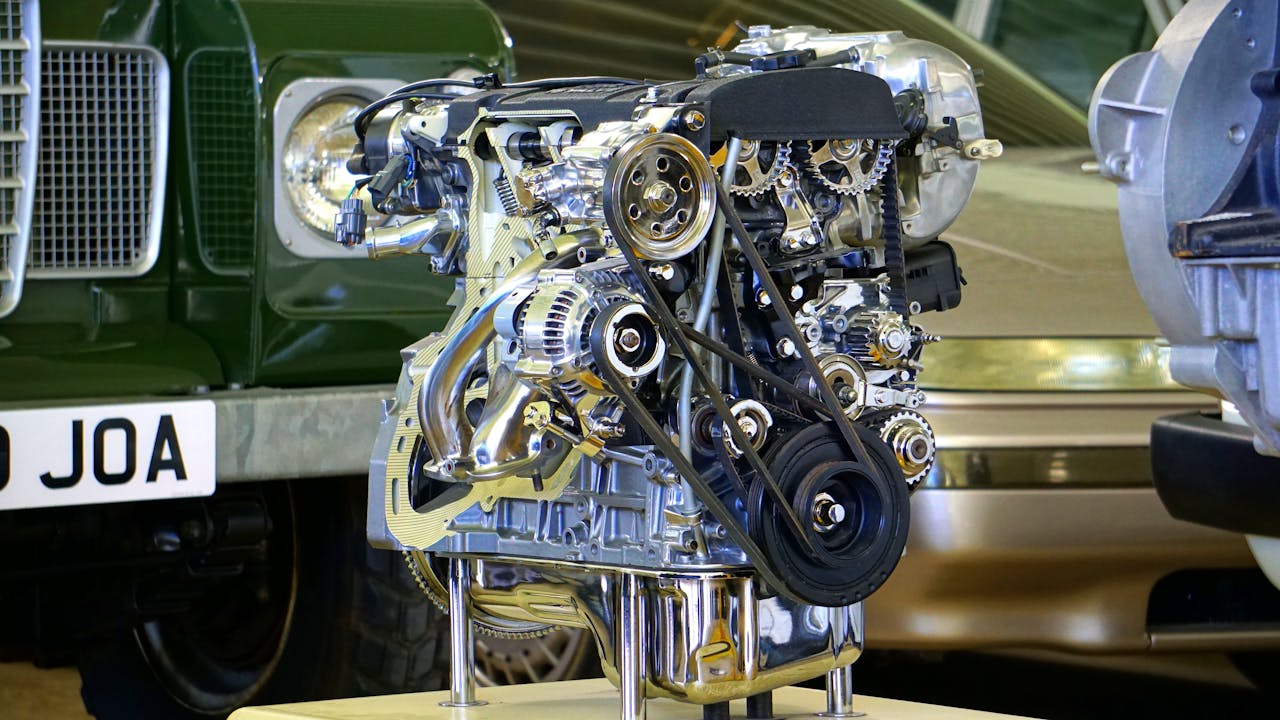
These Are The 5 American V8 Engines That Failed To Deliver
The American V8 engine has held a top spot in automotive history. At first, V8 engines were associated with luxury vehicles. However, their appeal quickly spread, especially among performance enthusiasts. The muscle car era of the 1960s solidified the V8’s status as a quintessential symbol of American automotive culture.
The late 1970s brought challenges to the V8, with stricter emission regulations and fuel economy standards leading to the discontinuation of certain iconic models. For example, the Ford Mustang was discontinued in 1973, and the Plymouth Road Runner lineup saw significant changes, dropping the 383, 426 Hemi, and 440 V8s.
While V8 engines faced setbacks, V8 engines have persisted and evolved. They’ve still, however, remained an important part of the automotive landscape. While some V8 engines have earned a reputation for reliability, others have fallen short of expectations. We’ll look into the V8 engines that fell short of the performance and reliability standards, along with the reasons behind their failures.
1. Cadillac L62 V8 engine (1981)
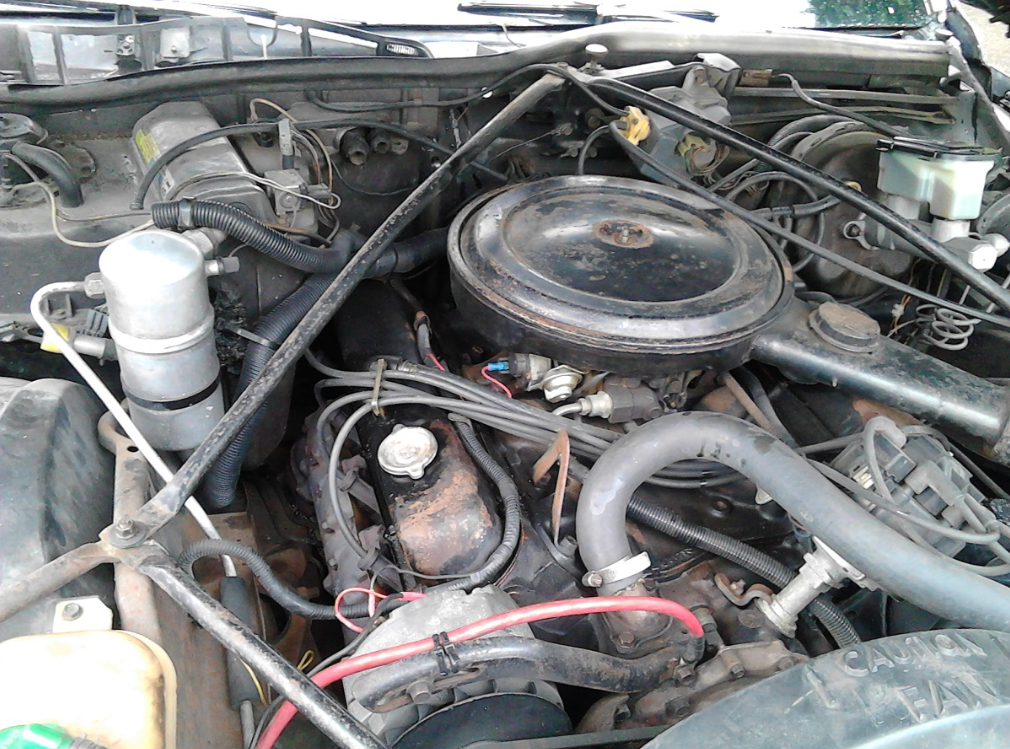
In 1981, Cadillac introduced the V8-6-4 engine. It was an attempt to navigate the era of stringent emission regulations and fuel economy concerns. Nicknamed L62, this engine featured “displacement-on-demand” technology. It was a precursor to modern cylinder deactivation systems found in vehicles like the Audi A1 and the Chevrolet Silverado. The L62 was designed to switch between V8, V6, and V4 modes, optimizing fuel efficiency. The 1981 Cadillac models that came with the L62 V8 engine were the Deville, Fleetwood, and Eldorado. The Seville was also available with the L62 V8 engine as an option.
However, Cadillac’s deactivation technology turned out to be ahead of its time. The L62’s complex system struggled to keep pace with real-world driving demands. It was plagued with frequent engine misfires and inconsistent fueling, resulting in unpredictable performance. Despite numerous software updates, Cadillac could not resolve the L62’s inherent flaws.
Within a year, Cadillac quietly discontinued the L62, replacing it with a more conventional 4.1-liter V8. The L62’s failure significantly damaged Cadillac’s reputation, casting a long shadow over the brand’s technological endeavors.
2. Chrysler Lean Burn V8 (1976–1979)
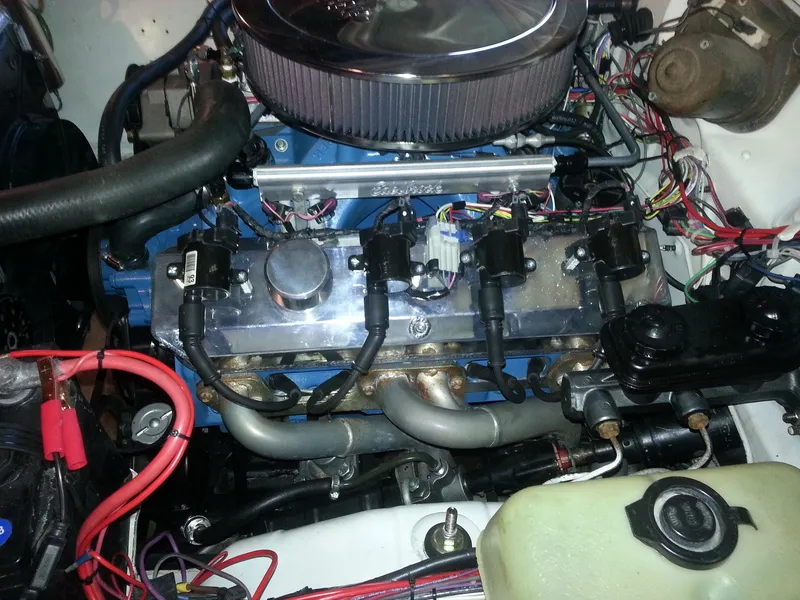
In the late 1970s, facing stringent emissions and fuel economy standards, Chrysler introduced the Lean Burn V8. The Lead Burn technology was one of the first uses of computerized controls in a production car and consisted of a spark-control computer, a carburetor, and sensors. These sensors worked to lean out fuel mixtures and regulate spark timing, theoretically reducing emissions. However, the system’s real-world performance fell short of its intended goals.
Design flaws plagued the Lean Burn V8. Notably, the ECU was mounted on top of the air filter. This position exposed it to excessive heat and vibrations, which led to frequent failures. On top of that, the system relied on a complex network of vacuum hoses, which were prone to leaks and malfunctions. Mechanics found the system difficult to diagnose, and many owners opted to replace it with a conventional carburetor. These design issues led to poor engine performance and frequent failures. Ultimately, the Lean Burn system proved unreliable. Its flawed execution rendered it a failure.
3. Oldsmobile LF9 Diesel V8 (1978–1985)
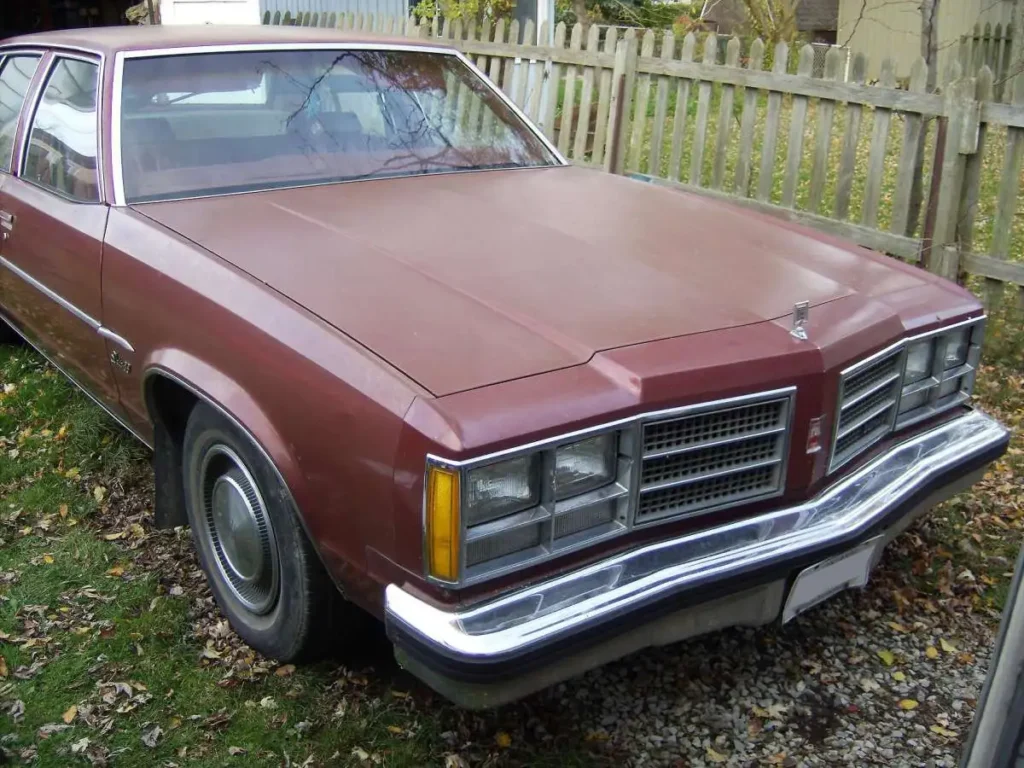
From 1978 to 1985, Oldsmobile produced the LF9 Diesel V8. It was GM’s attempt to enter the diesel passenger car market during the 1970s fuel crisis. To reduce development costs, Oldsmobile repurposed its 5.7-liter gasoline V8, which resulted in a 120 hp and 220 lb-ft diesel engine. This hasty approach was the first step into a disaster of mechanical vulnerabilities, turning this powertrain into one of the obscure engines that made history.
Diesel engines operate at higher combustion temperatures than gasoline engines. Oldsmobile’s design failed to accommodate this, retaining the gasoline engine’s 10 head bolts, which could not withstand the increased heat, leading to blown head gaskets. Additionally, the absence of a water separator in the fuel system caused corroded injector pumps.
These issues, combined with inadequate dealership mechanic training, severely damaged the LF9’s reputation. Further compounding the problems, the California Air Resources Board refused to certify the engine after test vehicle breakdowns. Oldsmobile discontinued the LF9 Diesel V8 in 1985.
4. Ford Flathead V8 (1932)
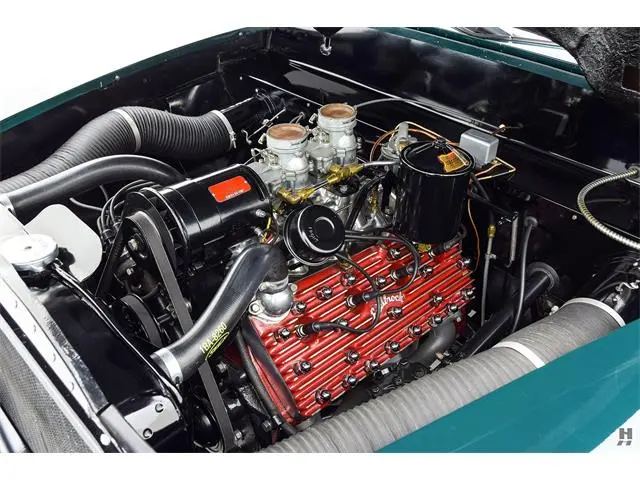
Introduced in 1932, the Ford Flathead V8 revolutionized affordable car manufacturing, offering a new level of performance in models like the Ford Deluxe Coupe and the Model 18. But, as innovative as it was, the Flathead’s design inherently limited its efficiency.
The engine’s design placed the valves next to the cylinder, which impeded airflow, requiring two 90-degree turns per cycle. Furthermore, intake and exhaust airflow were in opposite directions, compounding the inefficiency. The engine also featured a low compression ratio, with the initial 3.6-liter variant at just 5:1, restricting its power potential. While increasing compression could have boosted performance, the flat cylinder head design would have further restricted airflow.
Despite these initial problems, the Flathead V8 became popular due to its affordability and 65 horsepower output. Ford engineers addressed the early flaws, improving the engine’s reliability and turning it into one of the greatest Ford V8 powerplants until its discontinuation in 1953.
5. Chevrolet 262 Small Block (1975–1977)
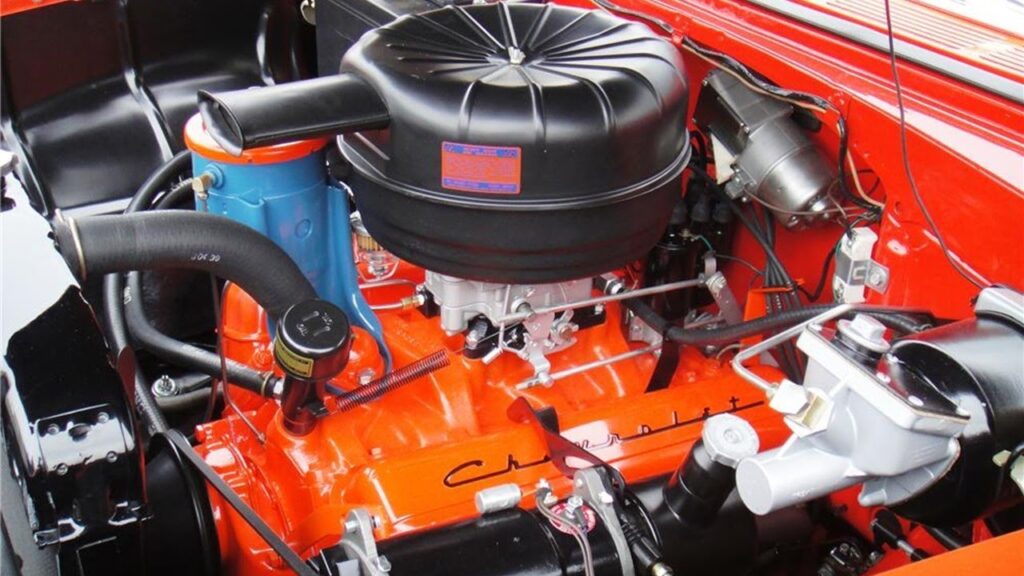
The Chevrolet 262 4.3L V8 was a product of the Malaise Era (1973–1983), a period marked by the 1973 oil embargo, stringent emission regulations, and increased competition from Japanese automakers. In an attempt to meet the demand for fuel-efficient engines, General Motors introduced this 262 small block V8. However, this engine proved to be one of their less successful designs.
The 262 was Chevrolet’s smallest first-generation V8. With a small bore and short stroke, the engine produced 110 horsepower, a barely competitive power output. The 262’s underpowered nature contributed to its unpopularity among drivers.
The 262’s shortcomings became apparent quickly. Chevrolet discontinued the engine in 1977, replacing it with the 305 engine. Leftover units were used in the 1977 Pontiac Ventura. GM’s subsequent attempt to replace it with the 267 Small Block in 1979 yielded only marginal horsepower gains and suffered from limited compatibility with other Chevrolet V8 engines.
Author Details

Our Team
Hi there! Welcome to Flagship Drive.
I’m Wilfred Nkhwazi, a passionate car lover from Africa. I created this platform to share expert insights, honest reviews, and a fresh perspective on the latest cars and automotive trends. Let’s hit the road together.
Advertisement

Recent News

